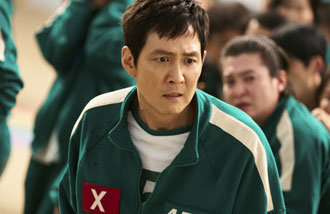Value of insects
In 1990, malnutrition was rampant among children in Vietnam. However, some children from destitute families were quite healthy. A U.S. research team discovered that those children ate small but frequent amounts of snails or insects while playing on fields and rice paddies. The team used the childrens diet to contribute to fighting malnutrition.
Insects had been the only source of protein supply to the mankind living on hunting and collecting. Even now when farming is prevalent, some two billion people around the world eat about 1,900 kinds of insects or larvas. In China, people add ants or grasshoppers to tofu. In Southeast Asia, the eggs of weaver ants are considered a delicacy. Middle-aged or older Koreans who experienced famine in their childhood remember the days they alleviated their hunger with grasshoppers or silkworm larvas.
The Food and Agriculture Organization of the United Nations is recently paying attention to insects as an alternative for future food. To feed the world population that is expected to reach nine billion in 2050, there are few other alternatives than insects, which are high in protein, low in fat and rich in minerals such as magnesium, iron, and zinc. Farmlands and pastures for producing grains and meat do damage to nature, but eating insects do not cause such environmental concerns. The challenge is to overcome the distaste for food insects and develop safe and environmentally friendly production methods. The Dutch government has begun to invest in research and development projects for food insects. Marcel Dicke, a professor of entomology at Wageningen University in the Netherlands, projected that people would buy bugs at supermarkets around 2020.
Insects are the most numerous animals on Earth. There are about one million known species. Insects are decomposers of organisms and pollinators of flowers. Dr. Albert Einstein even gave a grim warning, saying, If the bee disappears off the surface of the globe, man would only have four years of life left. Recently, the use of insects has been expanded to pest control, animal feed, medicines, environmental purification and pets. The Dongeuibogam, a medical book written in 1613 by Heo Jun, has a list of insects that can be used as medicinal ingredients, suggesting that Korea also used bugs for various purposes. The Korean government also showed its interest in insects industrial value in 2011 when it announced a five-year plan for nurturing the insect industry. Perhaps, the Korean expression not as good as even bugs which is used to condescend abominable persons could be defaming insects.
Editorial Writer Park Yong (parky@donga.com)







